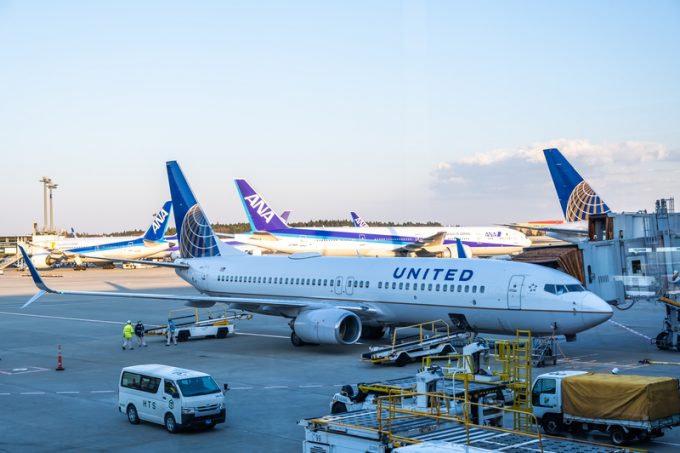Air freight rates predicted to stay at altitude next year – for some trades
Air freight rates will go up over the next few months, and potentially stay inflated ...

US carriers are heading back to China.
After Washington and Beijing climbed down from their dispute over the number of carriers and frequencies allowed, Delta led the charge from the west on 21 June with the start of services from Seattle to Shanghai, operating twice a ...
Keep our news independent, by supporting The Loadstar
Four crew members still missing as Wan Hai 503 continues to burn
Explosions and 'out-of-control' fire reported on Wan Hai box ship
Carrier price hikes hold, driving spot rates higher as space gets scarcer
Crew forced to abandon ship in latest fire on vessel carrying EVs
The Loadstar Podcast | Transport Logistic and Air Cargo Europe 2025
Transpacific rates ease as capacity boost proves too much for trades to digest
Turkish Airlines falls foul of air safety regulations, claims India's aviation authority

Comment on this article